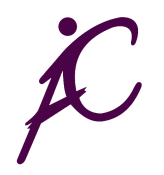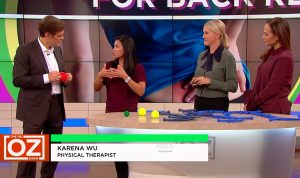 ActiveCare Physical Therapy, PC
ActiveCare Physical Therapy, PC
29 West 38th Street
Suite 601
New York, NY 10018

* We Accept Medicare | No Fault | Workers Comp *
Rock the Plank for Better Core Engagement
Whether you’re going for rock hard abs or just a strong, healthy core that will support your spine and keep you from developing back problems, doing thousands of crunches daily will not get you there!
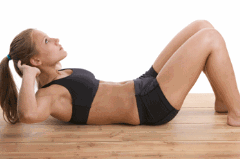 First of all, a crunch only works six to seven muscles and ignores opposing muscle groups, which also need to be strong in order to support your core as you go about your daily life. Over time, over-strengthening your abdominals this way can ruin your posture and actually contribute to back problems rather than prevent them.
First of all, a crunch only works six to seven muscles and ignores opposing muscle groups, which also need to be strong in order to support your core as you go about your daily life. Over time, over-strengthening your abdominals this way can ruin your posture and actually contribute to back problems rather than prevent them.
Notice your posture when you’re sitting at your desk or in your car. Over time you start to slump forward until you end up in that crunch position. Your abdominals are actually contracting and pulling you into a slouch!
So what is the solution? It’s called the plank, a much safer, healthier and more effective exercise for strengthening your entire core. Compared to the maybe six or seven muscles you work during a crunch, the plank engages 20 muscles! The important thing, however, is that muscles on both sides of your body are worked evenly, for a strong, healthy, balanced core that will protect your spine and also give you that tight midsection you’re going for.
What is the Plank?
The plank is a powerful but simple isometric exercise that you can do at home, without any special equipment or fancy bells and whistles. Executed properly, it will build strength and endurance in your entire core – obliques, rectus abdominus, lower back and stabilizing muscles. All you need is a little bit of space and an exercise mat.
1. Start out face down on your mat.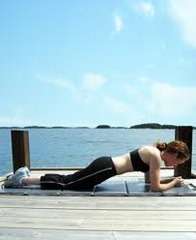
2. Raise your body off of the floor until you’re resting on your elbows, with only your toes, elbows and forearms touching the floor.
3. Make sure your back is perfectly flat and your body is in a straight line from your head to your heels.
4. Contract your abs to ensure your back doesn’t sag.
5. Hold this posture for as long as you can, working up to longer periods as you get stronger.
Concentrate on pulling your belly-button in towards your spine to help you engage your deep abdominals. These are the muscles you need for a strong, healthy back. If you’ve never done this exercise before, you will most likely begin to shake after holding the position for just a few seconds. This indicates weakness in your abdominal region. Over time you will be able to hold the position for much longer periods of time.
Other Versions of the Plank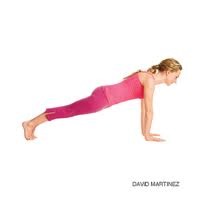
If the plank is too difficult at first, you can start out with a modified version, leaving your knees on the floor until you gain the core strength necessary to graduate to a full plank. Once you have mastered the full plank, try targeting the obliques with a side plank, facing sideways while balancing on one forearm and the side of one foot with the other hand resting on your hip. Then flip over and repeat the exercise on the other side.
For a real challenge, try modifying the plank by raising one arm or one leg and holding that pose for three seconds. Then switch and repeat with the other arm or leg. Or try raising the opposite arm and leg at the same time!
The more you practice the plank exercise, the more improvement you will notice in your core strength and stability. Your physical therapist can show you even more exercises that will strengthen your core for a lean, toned midsection that will not only look fantastic but carry you through life with a minimum of back pain and posture problems!
